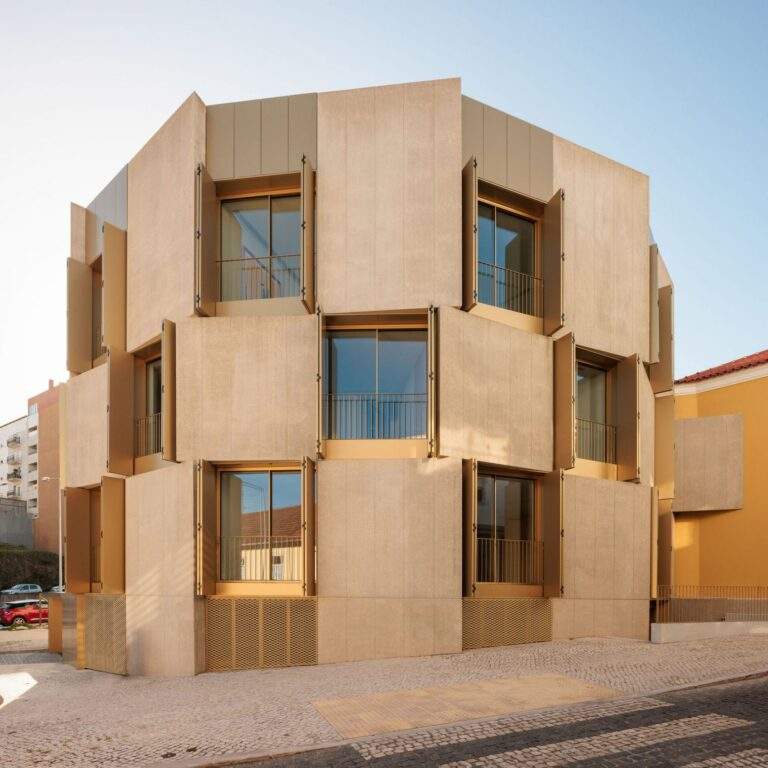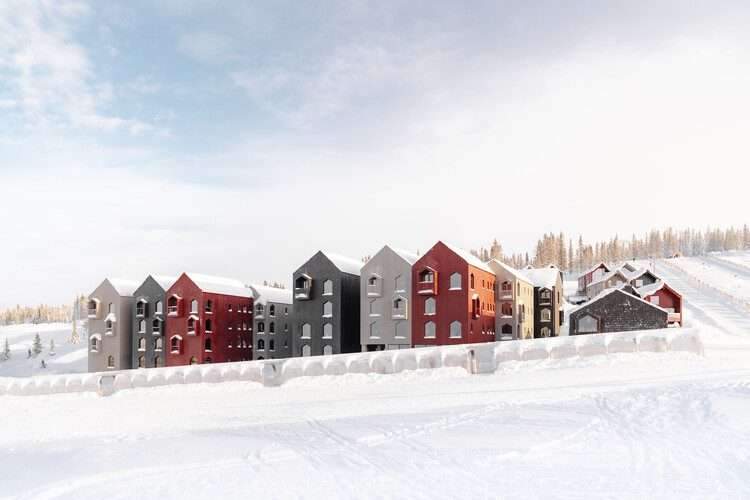The Industrial Property Rights for Architectural Designs
Just like other artistic productions like paintings, melodies, and images, architectural concepts and designs are protected as intellectual property. In order to create architectural designs, a mental image of a building or structure must be translated into a physical one on paper, and then onto the intended project.
As a result, architectural designs are protected by copyright under intellectual property law since they are considered artistic works. For industrial design protections, you can also register architectural designs.
This article focuses on the protection of your rights to architectural designs as intellectual property and how to do it.
Protections from Copyright for Industrial Designs
Copyright protection, which prioritizes original works of art, is the IP right that applies to architectural designs the most.
By default, the individual who made the design is protected by copyright.
This means that even in the absence of official proof of ownership of the copyrights to their architectural design. A person may still sue another for infringement. It is always essential to register your designs for protection. Because a lack of documentation can make the procedure significantly more difficult.
Owners of copyrights have exclusive rights to their designs and the legal authority to forbid anyone from copying them without their express permission. However, those who produce derivative works based on their original works or anything that strikingly resembles their designs may still be sued for copyright infringement.
Protections for industrial designs
The aesthetics of an architectural design, such as shape, patterns, and decoration, are the main emphasis of industrial design protections. Even when the architecture or design of a complete building is not covered by copyright, industrial design protections may still be applicable.
The only prerequisite is that the thing being registered must considerably enhance a building’s physical appearance. If you’re thinking of registering your architectural designs, you should read this article on the advantages of doing so.
Who Has Rights to an Architecture Design for Industrial Design?
The jurisdiction and other conditions surrounding the creation of an architectural design determine who owns the industrial design rights to that design. Industrial design rights often belong to the person who first created the work. Yet, there are a few instances where it might not.
For instance, if the architect who created the architectural design for a home project was an employee at the time and the work was done as part of their job, the employer would be the rightful owner of the creation. The rights to the designer’s designs belong to them if they are an independent contractor.
The contracting party would be the owner of the design rights if a rights transfer was stipulated in the contract. To make sure you don’t sign a contract with provisions you might not be happy with, it is a good idea to have a lawyer review the deal before you sign it with a client.
The duration of industrial design protection can change depending on the jurisdiction.
Industrial design rights are enforceable for 15 years following registration under Canadian IP rules. Any other organization may duplicate the designs without violating the rights of the inventor after the registration time has passed.
Regional restrictions
IP protections are restricted to specific geographic areas. This means that just because you register your IP in one nation doesn’t indicate that other countries will grant you the same protections.
You may need to register designs for copyright protections in those nations in order to benefit from IP protections there. Or, even better, you can register your IP rights with the World Intellectual Property Organization, which provides protections in over 190 nations.
Although it is not always necessary. The standard procedure for registration entails first registering your intellectual property rights in your place of origin.
Protection of Rights
Registration of your industrial design rights makes it much easier to enforce your rights. But it does not prevent others from trying to violate them. You will therefore be in charge of monitoring your IP rights for infringement even after registering your designs for IP protections. As an alternative, you might pay an IP agency to enforce.
Calling an intellectual property attorney should be your first piece of action if you become aware of an instance of infringement.
To ascertain if your case fits the requirements for infringement under the law, your attorney will review it. If it does, a cease and desist letter will be sent to the offending party to start a conversation.
A cease and desist letter is a formal communication you can send to someone who is violating the law to let them know you are aware of the violation and to demand that they stop.
The cease and desist letter is more like extending an olive branch in hopes of settling an infringement case amicably. A favorable response from the infringing party in such situations can aid in reaching an out-of-court settlement.
You may decide to launch a lawsuit if the infringing party refuses to cooperate or the damage is significant. If the claim is successful, the court will issue orders to the infringing party to stop the violation and order them to pay any associated damages.
More on INJ Architects:






